A lot of other cricket websites have been picking their teams of the decade in recent days. Therefore, in the spirit of scrooge, I’ve decided to do the polar opposite. Why go down a well-trodden road that gets a bit samey when we can have have much more fun kicking Keaton Jennings and Co in the nuts instead?
So without further ado, here’s my list of the worst XI cricketers to represent England from 2010 to 2019. Make sure you’ve got a sick bag handy. This lot will make your stomach turn like a bucket of rotten prawns mixed with rat semen.
I should mention that this team has been constructed with England’s usual boneheaded approach. Therefore I’ve decided to go into the game with two seamers and three spinners – even though I envisage the XI taking the field at Durham’s Riverside ground in early April.
1. Keaton Jennings (17 caps, average 25)
If Michael Keaton is Batman, then Keaton Jennings is cannot bat man. It’s extraordinary to think that Ed Smith’s folly has played a whopping 17 test matches despite looking more statuesque at the crease than Michelangelo’s David.
Sadly Keaton’s England career has been anything but a work of art. It’s barely a work in progress either. It’s been an exercise in utter futility. And his recall for the upcoming Lions tour to Australia makes one wonder if Jennings owns a sexually explicit photograph of Ed Smith naked in bed with a copy of Friedrich Nietzsche The Case Of Neil Wagner.
2. Jason Roy (5 caps, average 19)
Yes there were other candidates like Mark Stoneman. However, whereas Stoneman had a very tough gig against the Aussies away from home, Roy had the advantage of playing at home when he was in fine form after the World Cup. He even benefitted from an easy debut against Ireland (or at least it should’ve been easy).
Although alternatives like Adam Lyth and Sam Robson also disappointed, they at least managed to register centuries before being tossed in the bin like empty condom sachet. Roy, on the other hand, always looked totally out of his depth despite coming into the side with high expectations and huge fanfare.
You know what might have helped him? A defence without a Rahkeem Cornwall sized gap between his bat and pad.
3. Tom Westley (5 caps, average 24)
Go West was a famous song by The Village People. It was covered several years later by the Pet Shop Boys and became a staple diet of football terrace chanting. Go West, therefore, was an unqualified success. Going Westley, on the other hand, was not.
Despite hopes that his Essex background might help young Tom to stick around at the crease like Alastair Cook, he ended up being the anti-Cook. He looked pretty but ended up being pretty useless. Nuff said.
4. Gary Ballance (23 caps, average 37)
It amazes me that some ardent county cricket followers still believe there’s room for Gazza in England’s top five. I’ve got news for you people. There isn’t. Not unless England cease playing all cricket at home and henceforward play every match with a Kookaburra ball on featherbeds against Kenya’s U19s. The bottom line is that the selectors asked Ballance to change his technique but he either refused or said that he couldn’t.
So that’s that. Bringing Ballance back into the England team would be an even worse idea than asking Anakin Skywalker to bring balance to the force.
5. Ben Duckett (4 caps, average 16)
Many people believe that Duckett is squandering his talent. But that’s a matter of opinion. Some believe he doesn’t actually have any talent. Poor Ben’s main problem was that he fell apart like a wet tissue whenever a spinner came into the attack. The result was an international career that soon dissolved into nothing.
Duckett is probably best remembered for pouring a drink over James Anderson’s head. Maybe he was trying to dissolve Anderson too?
6. Ollie Pope (Keeper) (1 cap behind the stumps)
I’ve got nothing against Pope (not yet anyway) but England simply didn’t pick any duff keepers this decade. It’s true. Look it up!
Consequently I had no choice but to apologetically pick the guy who played as a keeper even though he isn’t one (no matter how much Smith and Giles pretend he is to save face). Disclaimer: I think Pope will be a good cricketer for England … as a batsman.
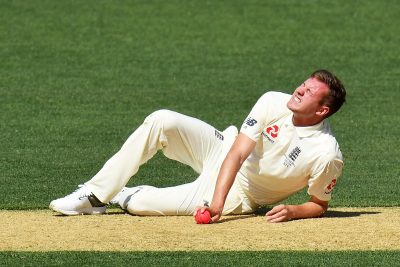
7. Samit Patel (6 caps, batting average 17, bowling average 60)
Although he had some batting talent, Fat Sam’s England career was full of blips that tested the management rather than beep tests that might have got his body in shape. Meanwhile, his left arm lollipops ended up getting licked by subcontinental batsmen who grew up on a diet of spin.
Samit entered The Hundred draft with a surprisingly high reserve price of £60k. Sadly, however, there were no takers. Greedy? Maybe we should ask the manager of his local Greggs.
8. Zafar Ansari (3 caps, batting average 10, bowling average 55)
After being selected for England’s 2015 squad to play Pakistan in the UAE, the Cambridge educated Surrey all-rounder immediately dislocated his thumb in the field in a county game and missed the trip. Unfortunately his international career didn’t improve much from there.
Although opportunity knocked for the second time in 2016 when Zafar was selected to tour Bangladesh and India, he shone with neither bat nor ball and soon quit cricket altogether. Rumour has it that Ansari and Alex Loudon are actually the same person.
9. Boyd Rankin (1 cap, average 81)
A one test wonder from England’s notorious Ashes tour of 2013, the gentle Irish giant’s England career was completely forgettable and entirely regrettable. He played at Sydney, when the series had gone, and predictably England’s ailing management team waited until he was injured before actually picking him.
Although poor Boyd probably doesn’t deserve to be in this list (life sucks, eh) sadly he’s Rankin as one of the two worst specialist seamers England have picked this decade.
10. Jake Ball (4 caps, average 114)
No sooner had Mike Selvey announced that Ball ‘just looks right’, he made his Test debut in 2016 and looked anything but. The lumbering Ball generally ambled to the crease, looked about as intimidating as the Andrex puppy, and released the ball at a pace that can only be described as medium-fast meh. His main attribute was his height. His main weakness was a lack of basic coordination.
There was one positive to Ball’s selection though. His ascension to ‘international athlete’ status fuelled the hopes of prototypical Nicholas Lyndhurst types (who never got picked for the school team in any sport) all over the world.
11. Simon Kerrigan (1 cap, average n/a)
They should’ve have just shot him after his first over. Poor bloke.
So what do you make of the above team of misfits, mishits, and misfires? If I’ve left out any of your ‘favourites’ please suggest them in the comments below. Unfortunately it wasn’t possible to pick every walking disaster because I wanted a conventionally ‘balanced’ team with everyone playing in their ‘best’ (ahem) position.
James Morgan



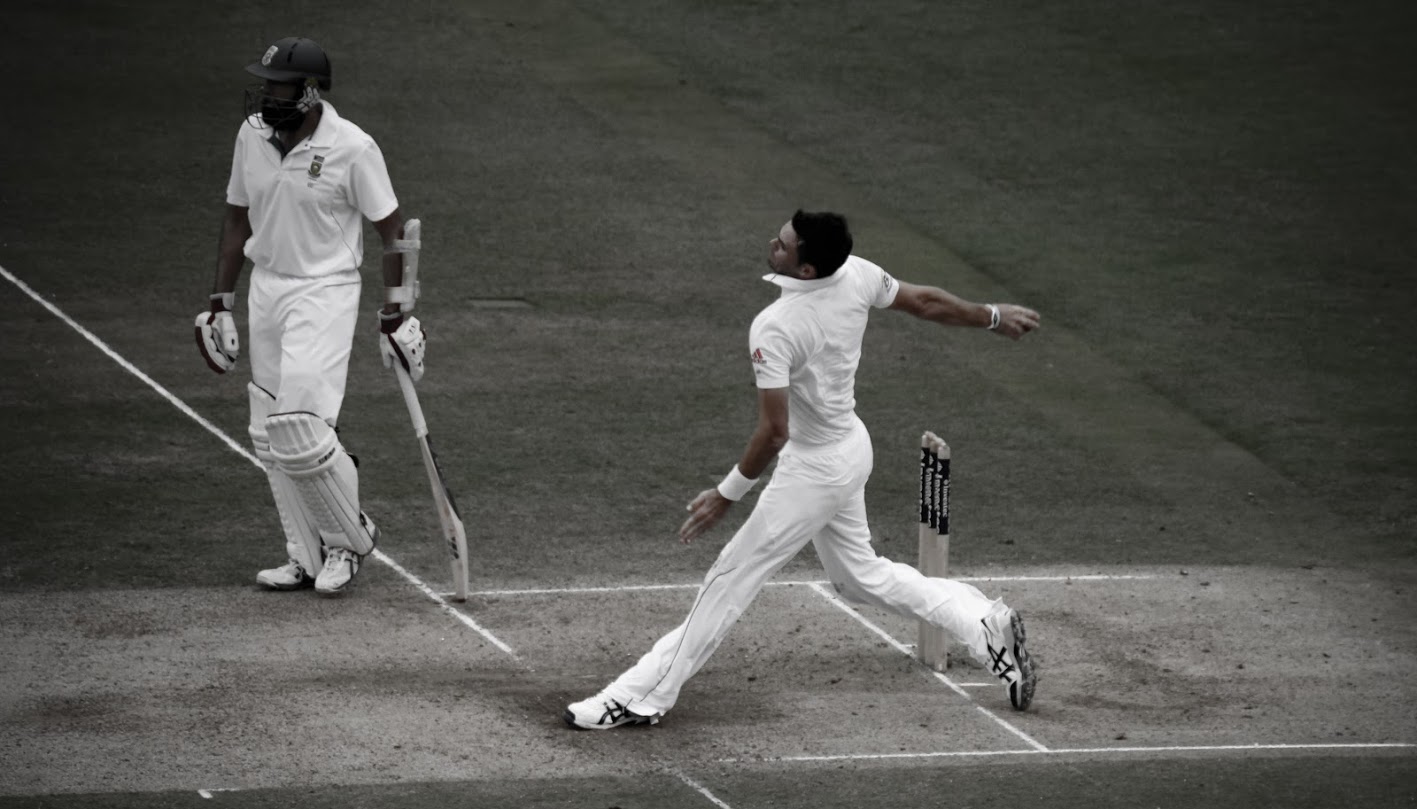
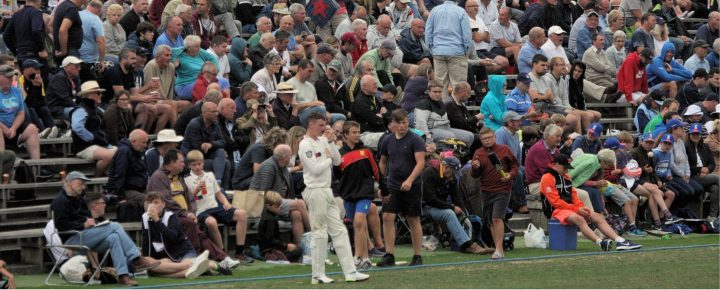
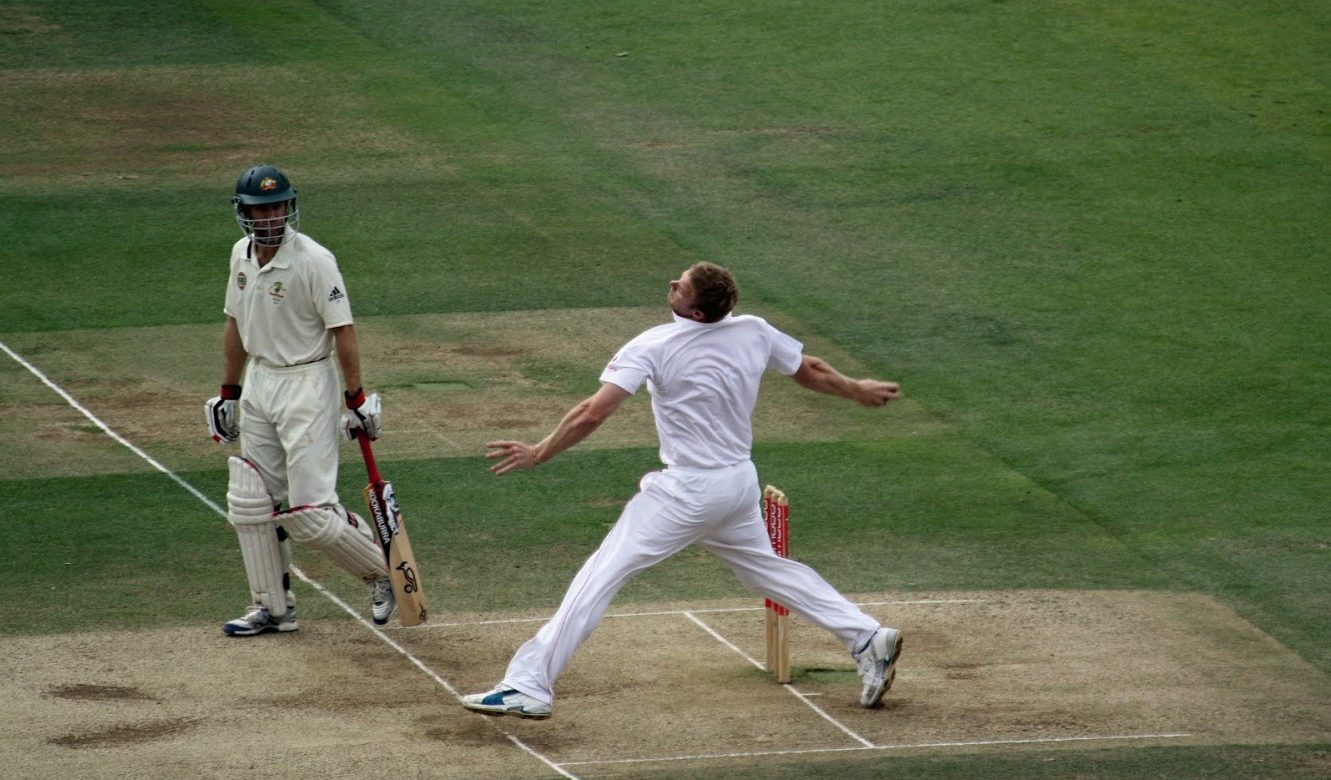
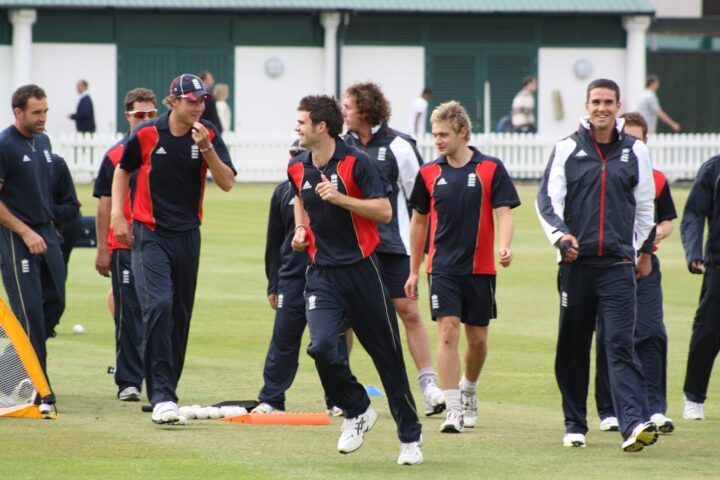


I think all of your choices are justified – though I expect Pope to go on to better things in the 2020s. There has been talk of Jennings returning for the Sri Lanka tour, because although his overall test record is very much “Brearley minus the captaincy skills” he has had some success in that part of the world.
Yes I agree that Pope should turn out to be a good player. I really didn’t want to pick him but there really was nobody else to take the gloves.
That shows a shocking lack of attention to various England selectors’ attitudes towards the relative importance of wicketkeeping and batting talent! Surely Duckett is the keeper in this side–that’s what the England selectors mean by a well-rounded player. It would also leave a space for a genuinely team-balancing slot for Ravi Bopara.
As for the others, harsh on a couple of players I think. Ballance shouldn’t get the nod for this side over Vince in a million years for me–looking stylish is absolutely not a substitute for getting runs.
And, awful as Kerrigan’s test was, he was–at least at one point–a very good county spinner even if he shouldn’t have been picked when he was…unlike Mason Crane, f-c average 48. Or Gareth Batty, who gets the Sajid Mahmood award for managing to keep a f-c contract effortlessly whilst averaging 36.4 every season with the ball; he probably shouldn’t have been picked when he was 25 but he definitely shouldn’t have been picked when he was almost 39! Or Liam Dawson, who gets not much more than one wicket a game in a career lasting twelve seasons.
Patel vs Borthwick must have been a hard one I should imagine! And no space for Ajmal Shahzad?
Shahzad took 4 wickets in his solitary test at an average of 16! Not too shabby.
But it was against a Bangladesh team which would have looked weak against a county side.
Harsh on Ballance, who has made 4 test centuries. Vince (average 24.9) to replace him, surely???
It did actually come close to a playoff between Vince and Ballance!
Ballance gets the nod for turning out to be such a let down. Looked great in his first year (average of 60) but this was easy runs against bang average attacks at home. As soon as the decent bowlers turned up the following summer he went to pieces and ended up resembling an immobile crab at the crease. He averaged 20 in his last 8 tests and then refused to work on his technique when asked by the selectors and management.
In defence of Vince, at least he got an 83 against a gun attack at Brisbane, and scored 76 against a very good NZ attack in his last test innings. He might have been as frustrating as hell, but at least he looked quite stylish while he lasted. Ballance was a study in how not to bat.
Blimey. Did I just stick up for James Vince? What strange times we live in.
If you’re going to do this for most recent how about we go back to the 70’s, 80’s, 90’s and Naughties (god I hate that term) . Reckon you could find as many equally dodgy selections from each decade.
That’s my evening sorted anyway with Sky Sports Mix in the background, where highlights of the World Cups from 2003 to 2015 are being shown back to back. Legacy of SPOTY me thinks.
This is one I wrote several years ago. England’s worst EVER XI (although in reality it’s just the worse since I started watching Test cricket in the mid-80s) https://www.thefulltoss.com/englands-worst-ever-cricket-team/
I like that selection but presume the 1984 one cap wonder of Tony Pigott was just a bit too early for you. To be fair to Pigott, he only got his cap in an injury emergency in NZ when he was the only available replacement within several thousand miles.
Ah, Keaton Jennings… I’ve never forgotten Barney Ronay’s Guardian critique of him. Just one article includes these peerless phrases: “More to the point he has looked horrible on occasions, a batsman made out of pipe cleaners and old broom handles, prodding forward to repel the new ball with a bamboo garden cane in his hands…”, or “At times watching Jennings bat for England has been a bit like wheeling out a suit of armour and placing it in front of the stumps until steadily its arms, legs, helmet and gauntlets are knocked off…”, or “People call him the robot, but this is perhaps a little unfair on robots, who might at least expect to have a set of working hinges. People call him wooden, but this is unfair on wood, which is at least flexible…”.
If Jennings has blackmail material against Ed Smith, I wish he’d share it with Ben Foakes.
Great comment Ruth :-)
Wow, Barney Ronay is a tosser.
Wow. Slow-News week? I’m all for raising an eyebrow when Selectors think picking x, y or z was a good idea but that’s when it’s dibbly-doblers like Derek Pringle or James Tredwell or (okay) Simon Kerrigan.
Keaton Jennings, Jason Roy and Tubbs Ballance can’t bat? Boyd Rankin 4-91 against England in Ireland’s victory over England in July can’t bowl? Seriously?
If I were Keaton, Jason or Gazza I’d be asking you to bowl to me and if I were Boyd, I’d be inviting you to pad up.
And in return perhaps they could pick up a pen…
Picking Pope only on his keeping seems most unfair. If we are to pick the worst keeper fielded by England for that position there can only be one candidate – Jos Buttler. I am not suggesting he does not rate as a bat, but as a keeper he is top club standard at best. Pope at least has the excuse that he does not even pretend to be a first choice county keeper.
As a slightly left field selection to replace one of the selected seamers can I suggest Mark Wood. I do not doubt his bowling ability, but surely a team requirement is that the selected player be available for 2 consecutive tests and has a minimum 50/50 chance of completing each test he starts. Wood gets into our team simply for his sicknote record. After all, it must be preferable to have a player available to bat and bowl, however dodgy, than to be told by the physio that the team will have to make do with 10 players plus a substitute.
I would pick Jos Buttler who is barely a club standard wicketkeeper and flatters to deceive with his batting where he has got ONE test century. Whilst I agree that Keaton Jennings was a terrible batter, it is worth recalling that Buster has got 2 Test centuries to his name. How many centuries for Adam Lyth or Sam Robson?
They both got one ton. But in less than half the games.
Have had a little look back at our test selections over the last few decades and it’s clearly the 1980’s which take the biscuit for both persisting with failures and dropping others without giving them a run.
Below is a nostalgic list of some of those heroic failures and a brief resume of their stats:
Batsmen First,
Wayne Larkins – 13 tests Ave 20
Bill Athey – 23 tests Ave 22
Roland Butcher – 3 tests Ave 14
Paul Parker – 1 test Ave 6
Geoff Cook – 7 tests Ave 15
Ian Grieg – 2 tests Ave 14
Paul Terry – 2 tests Ave 5
Chris Cowdrey – 6 tests Ave 14
David Smith – 2 tests Ave 20
Wild Slack – 3 tests Ave 13
James Whittaker – 1 test Ave 11
Neil Fairbrother – 10 tests Ave 15
Tim Curtis – 5 tests Ave 15
Rob Bailey – 4 tests Ave 14
Matthew Maynard – 4 tests Ave 10
Now for the bowlers:
Eddie Hemmings – 16 tests Ave 42
Vice Marks – 6 tests Ave 44
John Agnew – 3 tests Ave 93
Arnold Sidebottom – 1 test Ave 65
Les Taylor – 2 tests Ave 44
Greg Thomas – 5 tests Ave 50
Neil Redford – 3 tests Ave 87
Paul Jarvis – 9 tests Ave 45
John Childs – 2 tests Ave 61
Alan Iggleston – 3 tests Ave 54
There are a lot of decent county players there, showing the difference when you step up a class.
Agreed. Some absolutely horrendous players there.
One of the most interesting for me of those–mainly because he was one of those who played a decent number of tests–was Hemmings.
But it’s interesting also because his record is not very far from that of Mark Wood, who still seems to be considered the next incarnation of Frank Tyson; and it’s in a different league to the record of Chris Woakes anywhere south of Southampton, who still seems to be considered a realistic bet for the 2021 Ashes..
Neil Fairbrother was a top class county player AND one of the best one day batsmen in international cricket at the time.
He just couldn’t do it in Tests.
I think you have to allow any Test player a few Tests to show that he can do – after all Gooch got a pair in his first Test, and many others were not immediate successes. So I’d ‘let off’ players who played less than, say, 5 Tests (even if we all suspect Mason Crane would never turn out to be Shane Warne, or even Robin Hobbs, if allowed to play a whole host of matches for England!)
So maybe look for picks with 6 or more Tests!
What happened to my comment? It posted and then disappeared…
Are there ome vengeful Mason Crane fans out there?
I seem to have had two comments disappear. And I never mentioned Mason Crane !
They’re back. Sorry. Must have looked in the wrong place
Several of the players in this list weren’t that bad, so my first thought on reading through it was one of optimism: England Men’s Test line-up has been pretty decent over the past decade.
Then I realized what it means is that England Men’s recent poor results haven’t (mostly) been because of poor players, but because of good players playing poorly.
Which actually is worse. Pessimism restored.
Let’s go back to the dear old 90’s and look at some of the forgotten heroes who didn’t make the grade:
1st some batsmen
John Morris – 3 tests Ave 23
Hugh Morris – 3 tests Ave 19
Richard Blakey – 2 tests Ave 2
Mark Lathwell – 2 tests Ave 19
Jason Gallian – 3 tests Ave 12
Steve James – 2 tests Ave 17
Aftab Habib – 2 tests Ave 8
Darren Maddy – 3 tests Ave 11
Chris Adams – 5 tests Ave 13
Gavin Hamilton – 1 test No average
Now some Bowlers:
Neil Williams – 1 test Ave 74
Ian Salisbury – 15 tests Ave 76
Tim Munton – 2 tests Ave 50
Phil Taylor – 2 tests Ave 52
Mark Illot – 5 tests Ave 45
Martin McCague – 3 tests Ave 65
Min Patel – 2 tests Ave 180 (yes 180)
Simon Brown – 1 test Ave 69
Ben Hollioake – 2 tests Ave 49
Gavin Hamilton – 1 test No average (sorrry Gavin, didn’t take a catch either)
So, as you can see we can pick any decade and get a fair amount of dead wood.
Again there are some pretty decent county players in there, showing how tough it is to step up.
Habib was the worst “specialist” batsman I’ve ever seen for England.
When you look at those bats who got tests you realise why Roger Twose took offence and emigrated to NZ (and rose to second in the international white ball batting rankings).
Phil Taylor? Surely he usually averages around 100, with a large number of 180s?
Even the odd triple hat-trick.
It seems a bit unfair to include bowlers who have played just one or a few Tests. Bopara played the fewest as a specialist batsman in the decade, at 3. Hameed also 3, when an injury cut his career short.
So it seems reasonable to have a requirement of at least 5 Tests played.
Collingwood is also worthy of consideration. Average of 27 looks reasonably okay, but that is massively boosted by an innings of 145 against Bangladesh (albeit in Bangladesh). Obviously his career was winding down at the time, and these lows are not that uncommon. He could hardly score a run in Australia, but then again, Australia were so poor, that England did not need him to.
Jennings at least could field. Was basically picked as a specialist fielder. Roy did not even have that going for him. Lyth could get in, so that at least there is a bit of captaincy experience in the side?
Wood, Jordan (!) and Bresnan (though it should be noted he was never the same after his injury) would be the ones who have been given a reasonable amount of time and have not really set the world alight. And Rashid as well, though bad captaincy, and bad fixtures (to get boatloads of wickets) have not helped him there.
Collingwood? Averaged 40 from 68 Tests…
The worst of the decade? Presumably that should include Tests from 2003.
I would have thought it more unfair to the batsmen, who only have one opportunity an innings, whereas a bowler has chance to right wrongs with second and third spells and finding the most favourable end. I think selectors would get more of an idea about bowler suitability to test cricket from watching them in one innings than the poor batsman, who might get a corker early on and that’s it.
The best example of the above is poor Frank Hayes, who scored a fine Hundred in the West Indies on his test debut but failed so dismally afterwards that his average fell to 15 in the end after just 9 tests. That’s an average of less than 10 in the other 17 innings. Keaton Jennings is Bradman by comparison.
Bowlers can start of well, get a drop or two, and then because of shot confidence end up with 1/150. Alternatively, a poor ball gets them a wicket, and then get a reasonably long enough run in the side. Never mind the fact that they could have been picked as last minute injury replacements, or on wickets that are not conducive to their bowling style. Or even worse, due to an injury of another member of the bowling attack, suddenly have to bowl in a completely different role.
Batsmen also get dropped. And sometimes make careers out of it. Or can look all at sea for 80 balls and getting out for a scratchy 15, only to get another half a dozen innings. You then have 80 balls to judge a batsman by, and that probably means having faced 4 or 5 different bowlers.
Also it should be noted, that almost irregardless of the conditions team will pick the same top 7 for batting purposes (barring injuries of course). So batsmen tend to be far less subject to chop and change than bowlers are.
What’s up to all, because Iam truly eager of reading ths webpage’s post to be updated regularly.
It carries good information.
Lol ….yep Ben Duckett …what a truly awful and forgettable cricketer !
This is a moronic thing to post on the internet.
Your analysis is pathetic.
Rory Burns is eighth wonder of the world.
I’m not a fan of this negativity BUT some of the players mentioned certainly did fail to live up to hope and expectation.
Very harsh on Pope who is starting to justify himself while Duckett may have been a dud in 2016 but he’s fought his way back and now looks like England’s best opening batter!